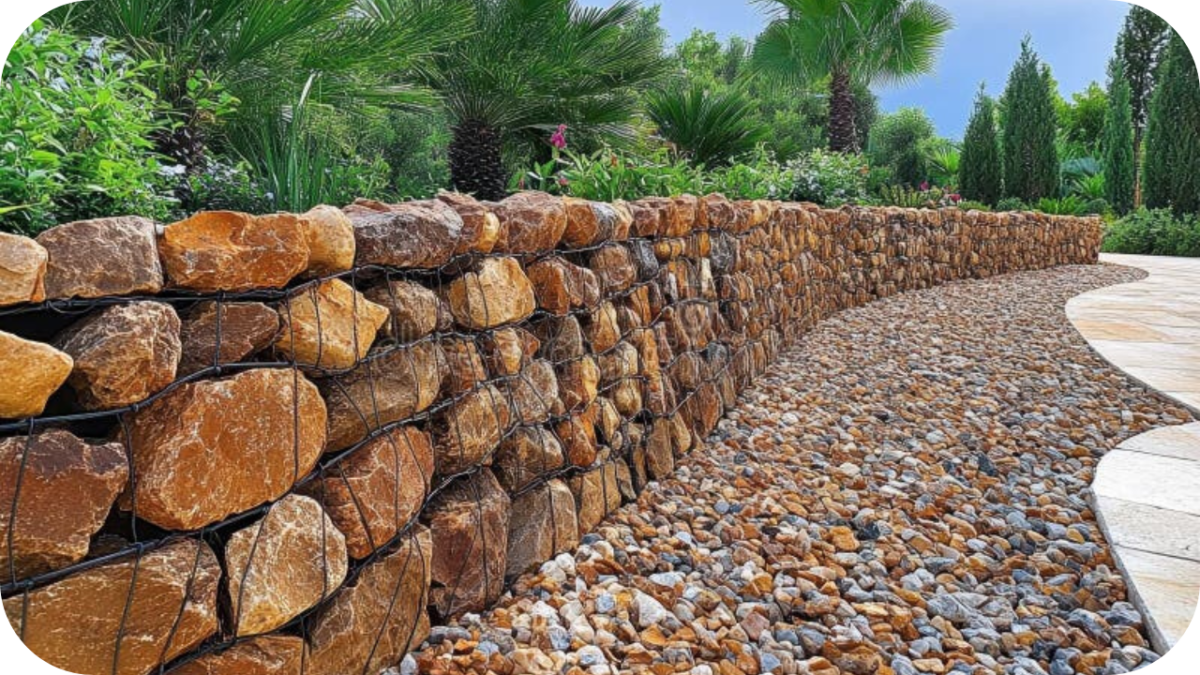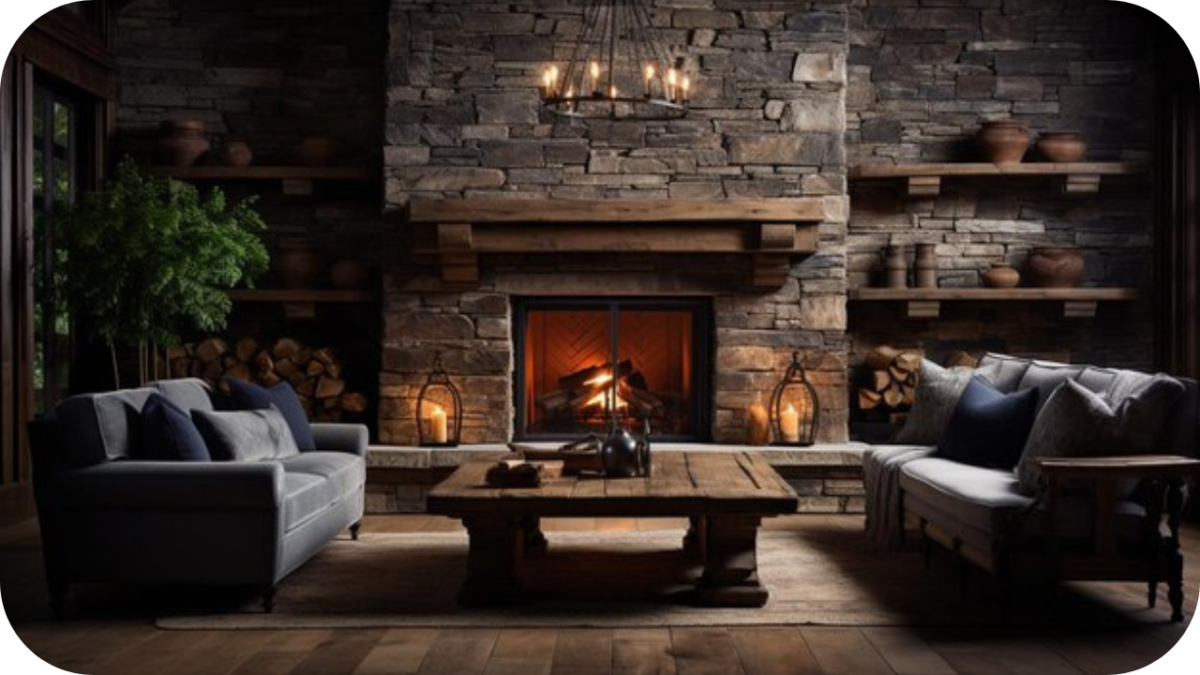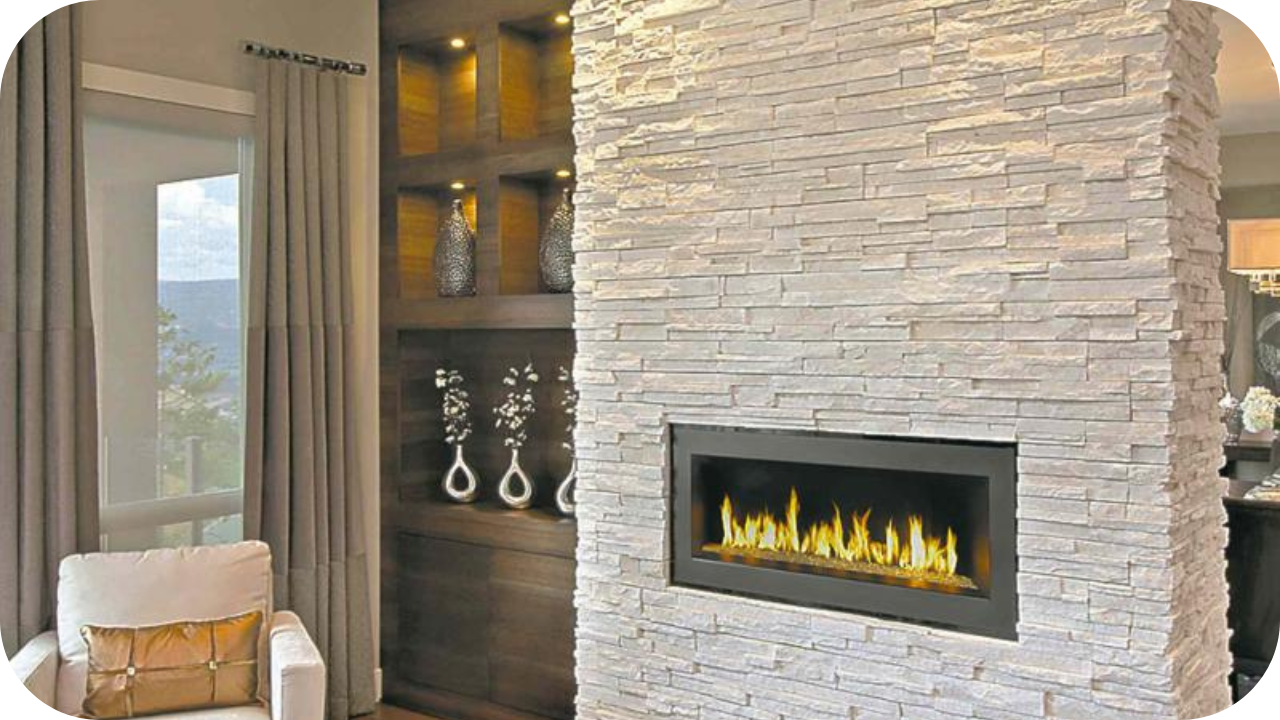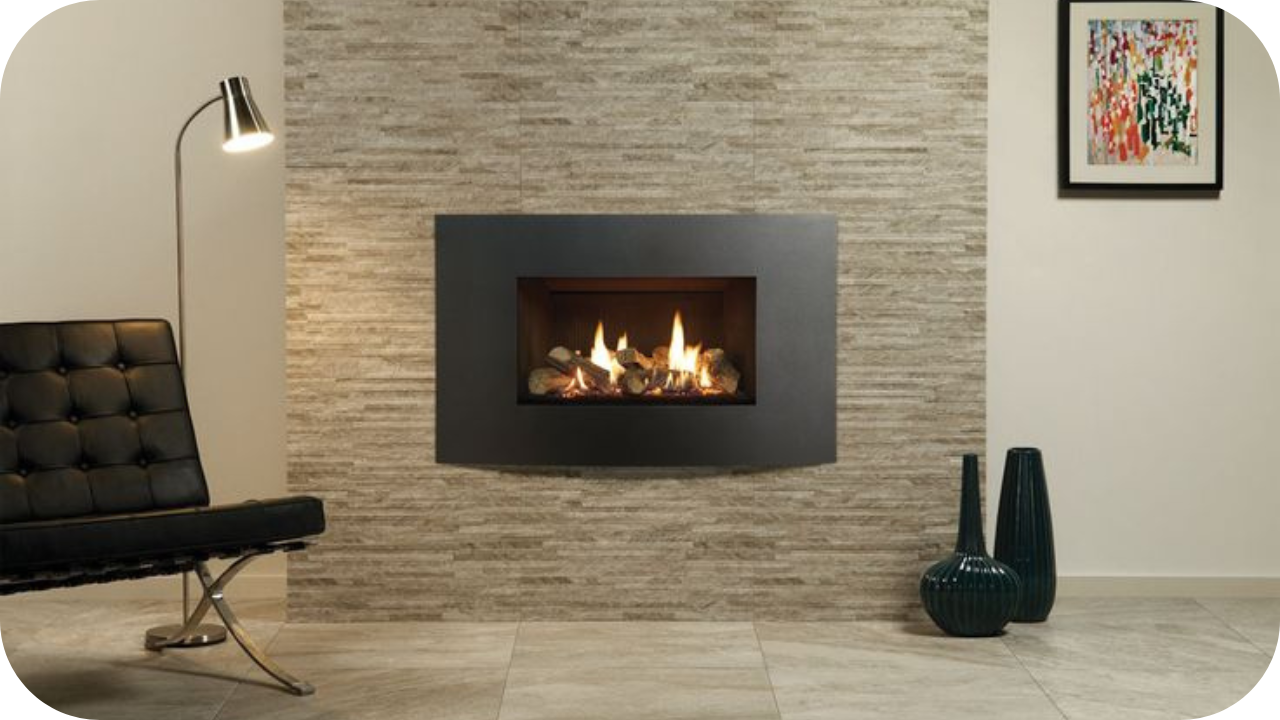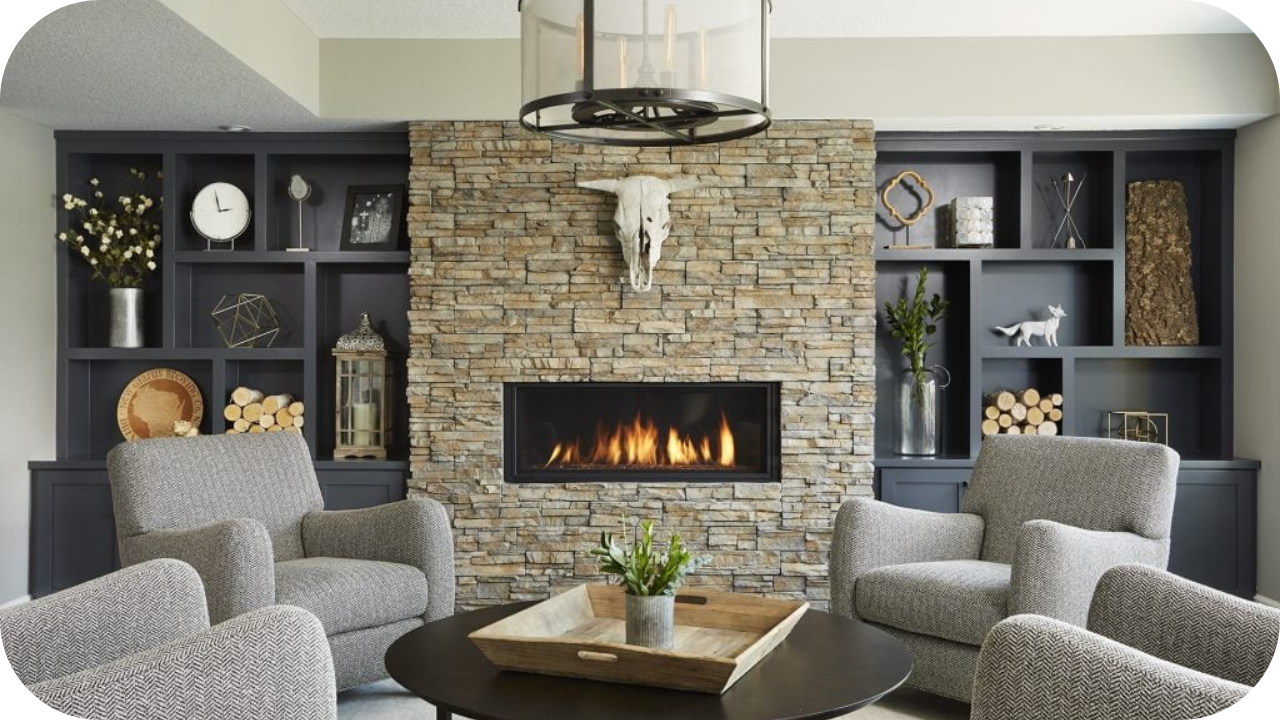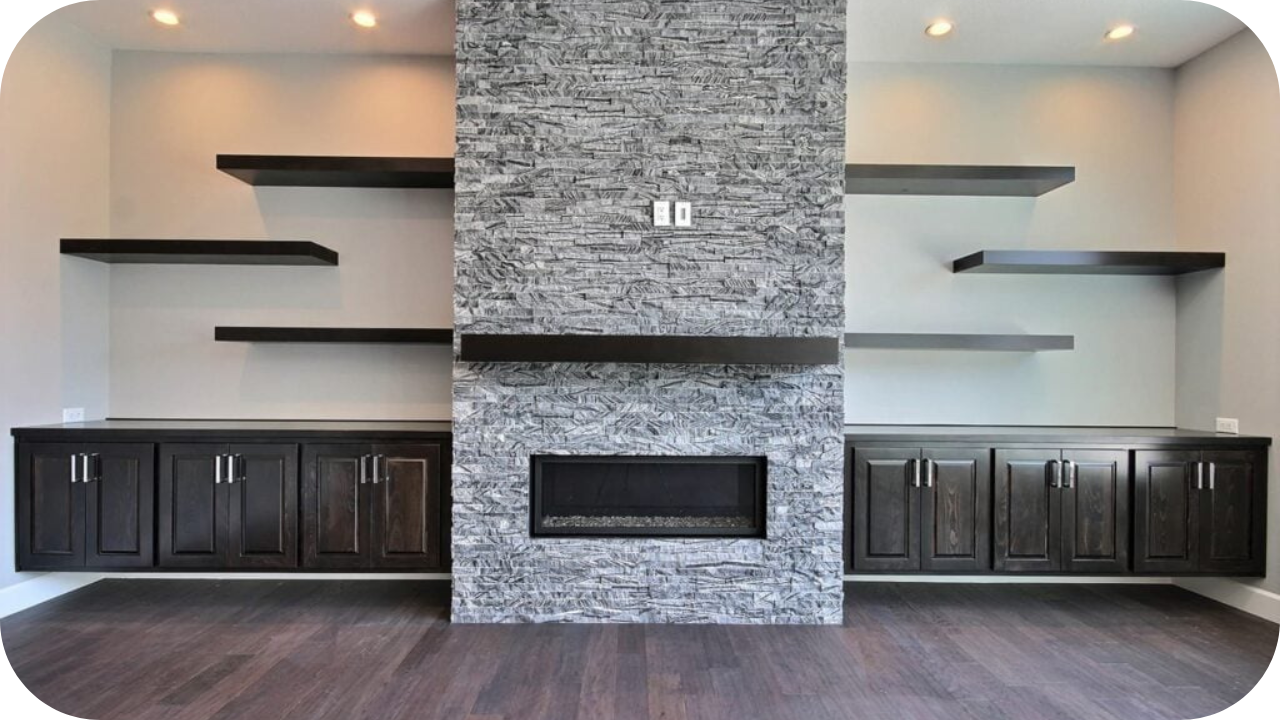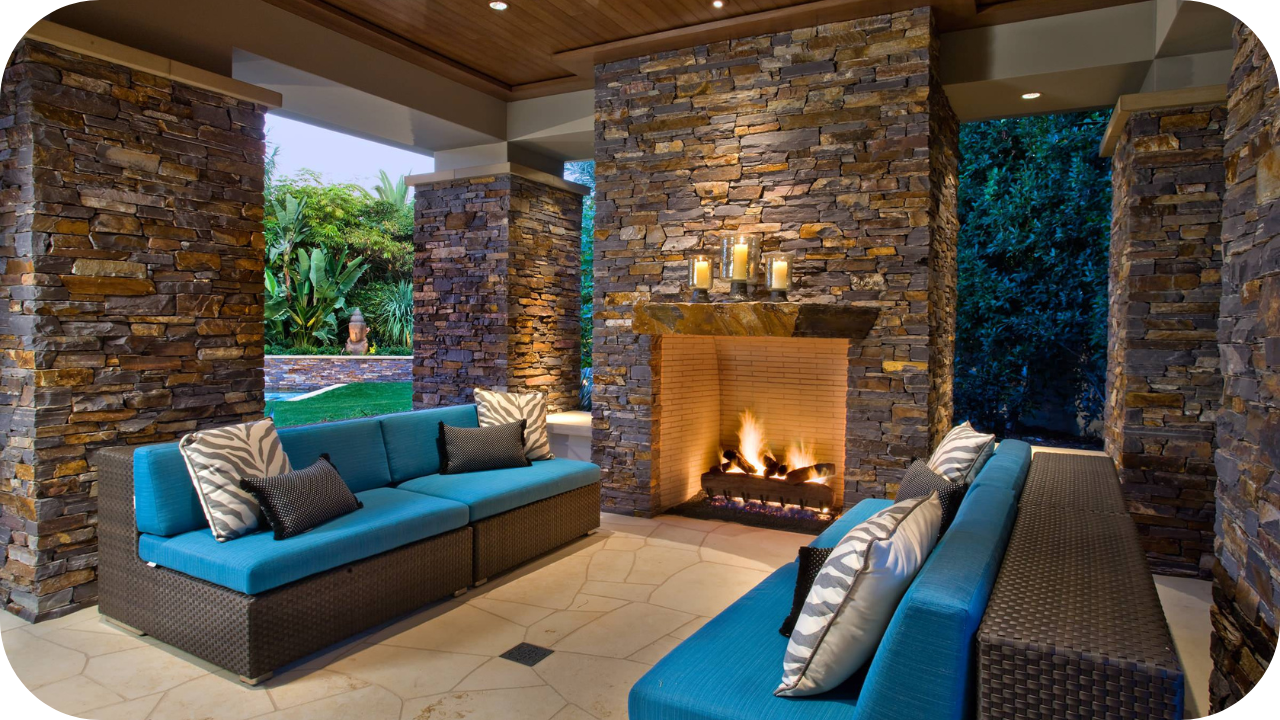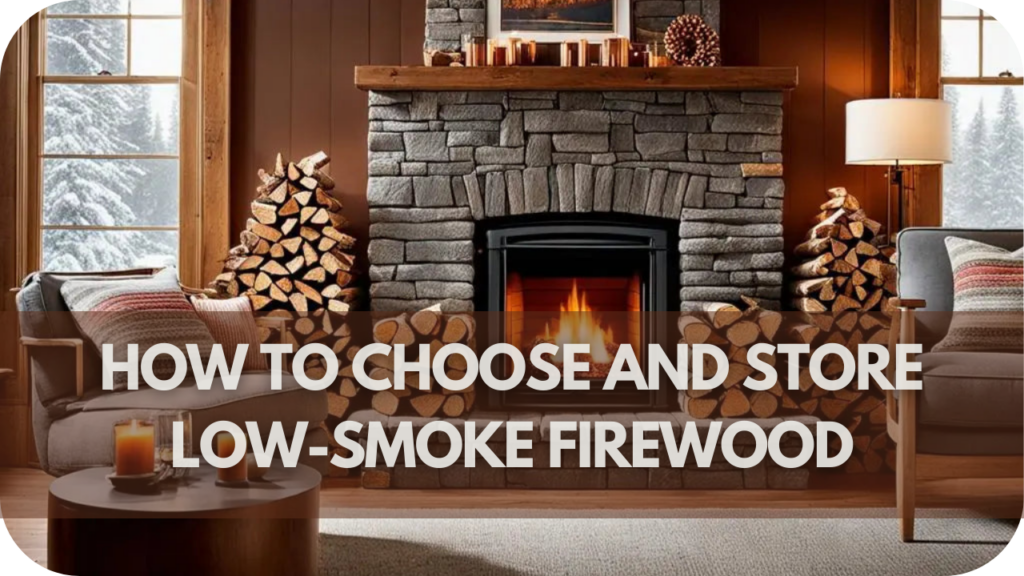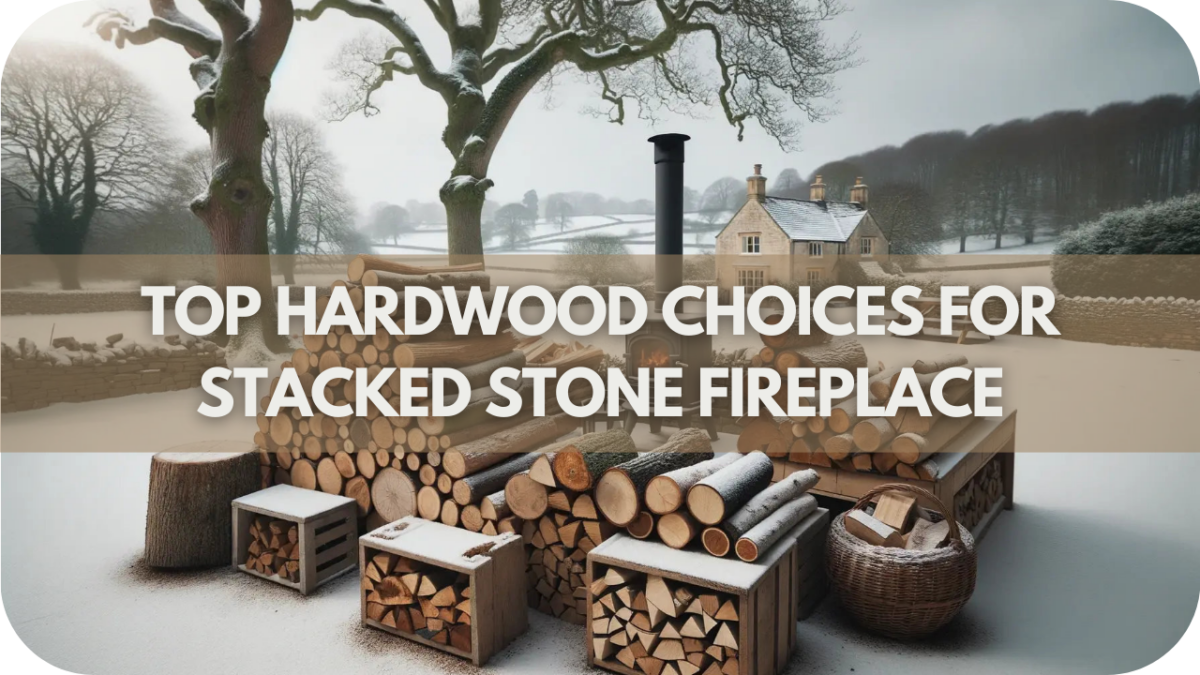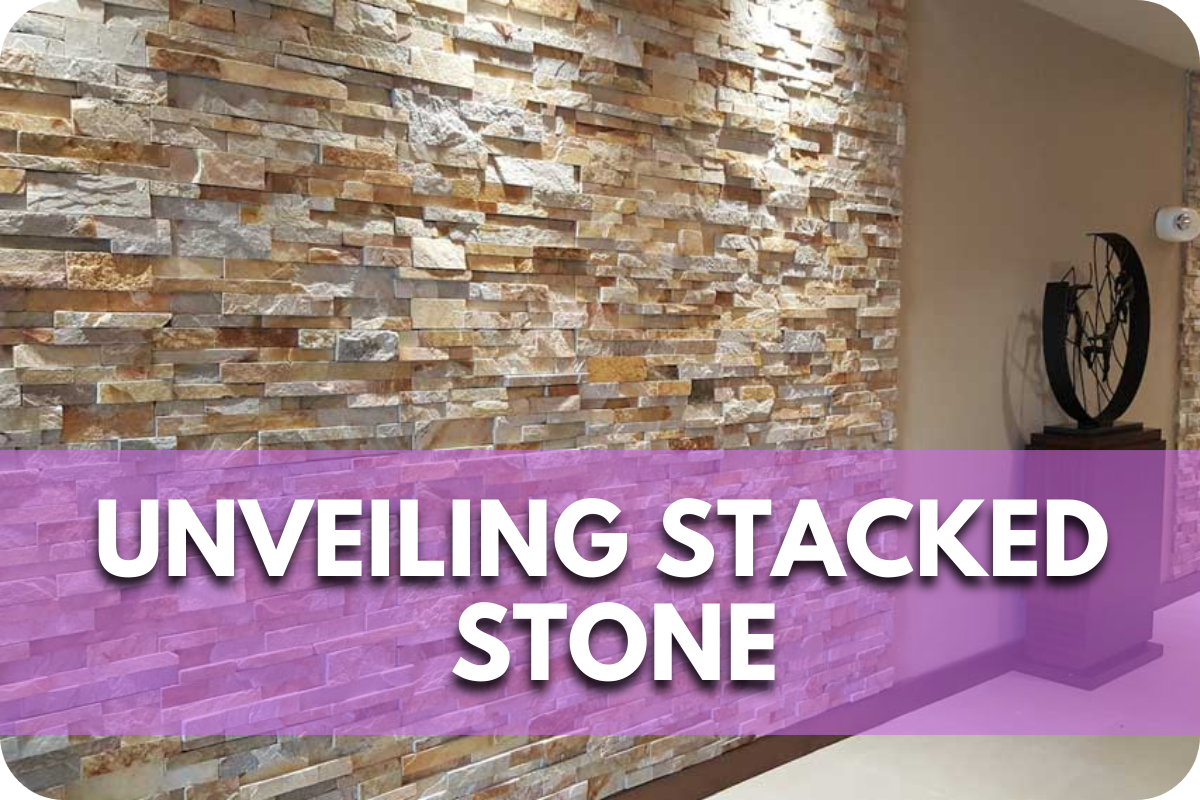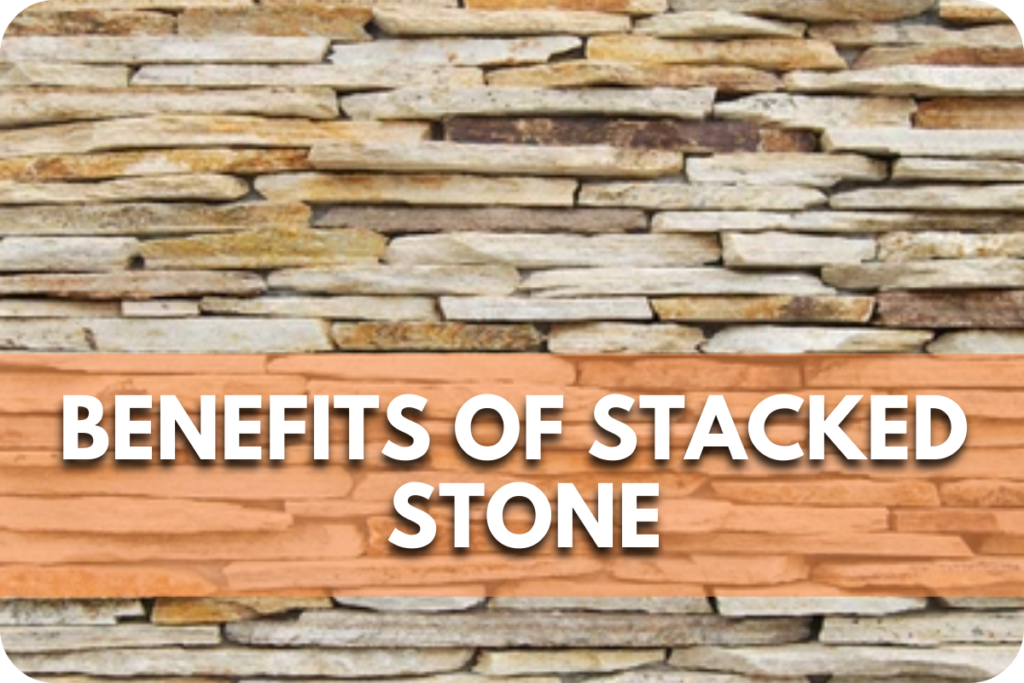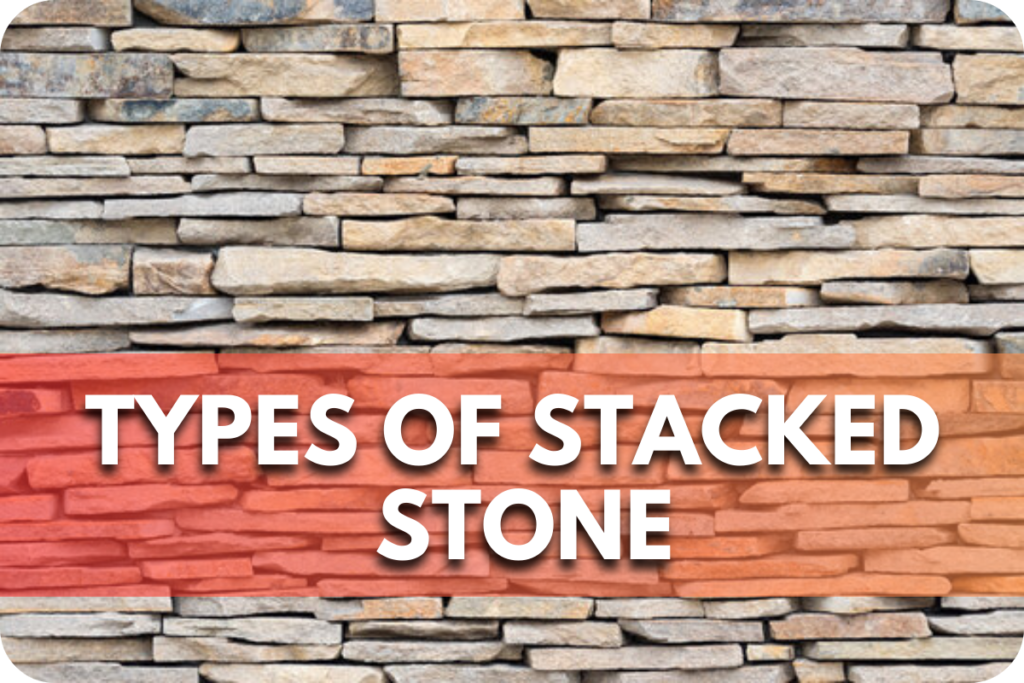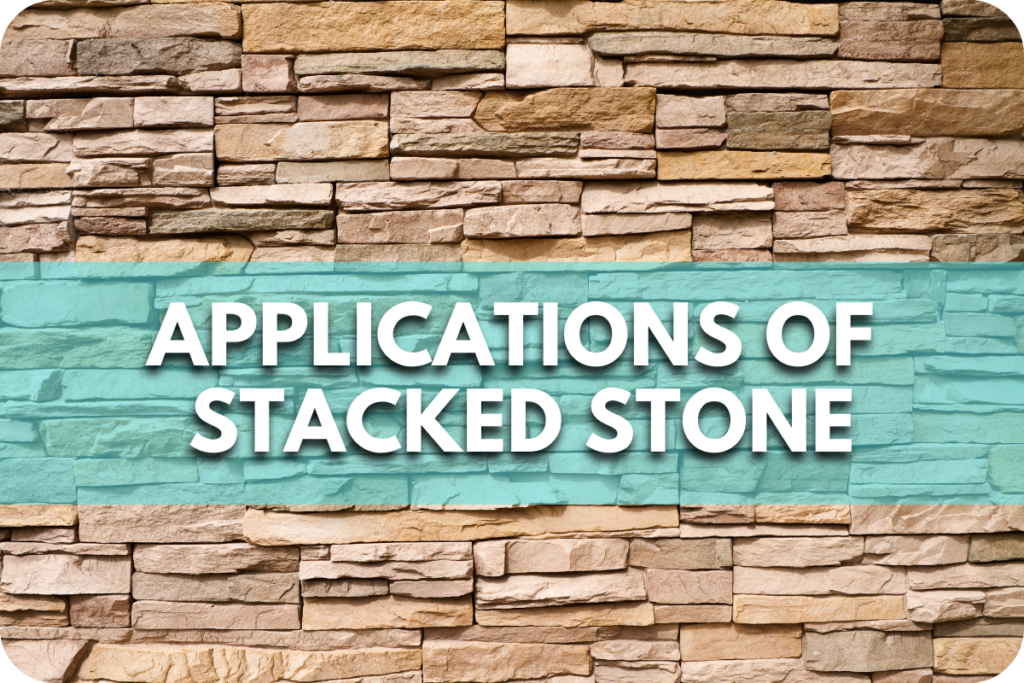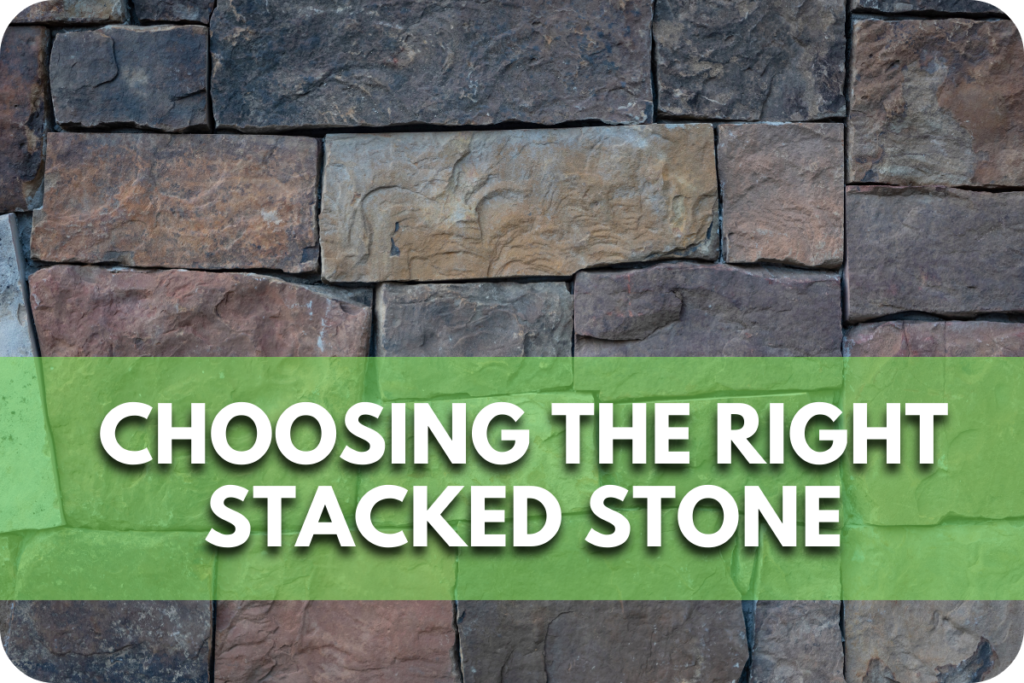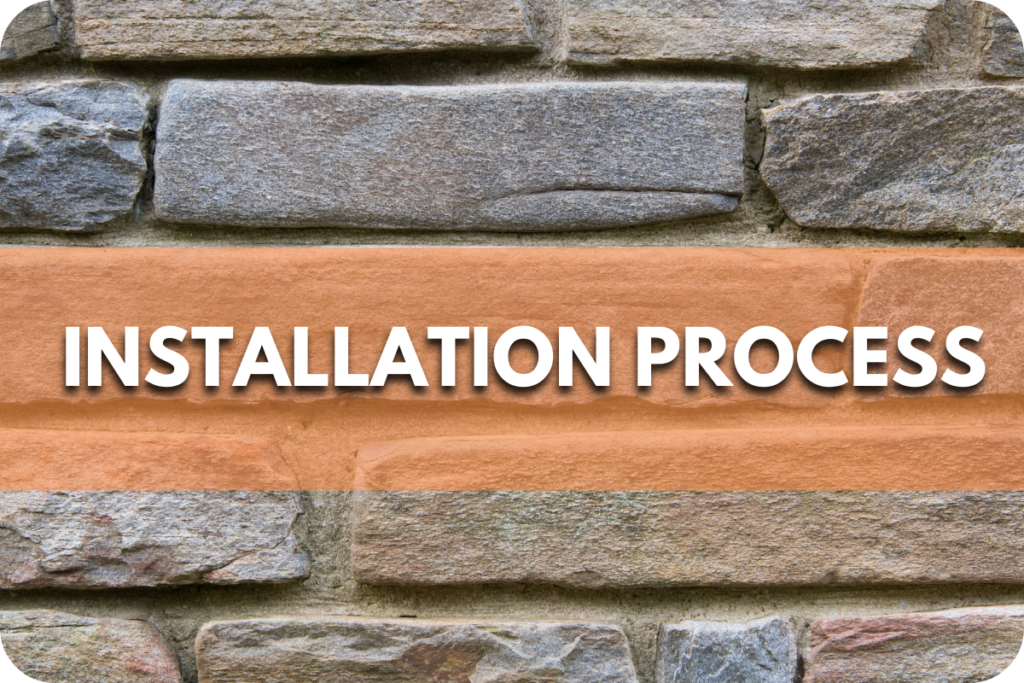Why Stacked Stone Veneers Are Perfect for Interior Feature Walls
Stacked stone veneers have become one of the most popular choices for interior feature walls in modern Australian homes.
Whether you’re renovating a living room, upgrading a hallway, or designing a striking fireplace surround, stacked stone offers a blend of natural beauty and architectural impact that few materials can match.
Let’s break down why these stone veneers are the go-to option for creating character-rich indoor spaces.
1. Natural Texture That Adds Depth
There’s something inherently grounding about the texture of natural stone. Stacked stone veneers bring that tactile quality indoors, adding depth and dimension to flat walls.
The layering of stone creates shadows and highlights that shift with the light throughout the day, delivering a dynamic, ever-changing visual. Whether you opt for a soft-toned limestone or a bold bluestone veneer, the result is always striking.
It turns a plain surface into a centrepiece that elevates the look and feel of the entire room. Its texture with intention, and it works beautifully in open-plan spaces, entrances, and even bedrooms.
2. A Statement Without Overpowering
The beauty of stacked stone is that it makes an impact without being overbearing. While it certainly commands attention, it doesn’t steal it from the rest of your interior styling. Instead, it complements timber, concrete, metal, and soft furnishings with ease.
Stacked stone feature walls often act as a natural focal point, helping to define areas within a room, whether behind the TV, around a fireplace, or anchoring a hallway. The key is in the balance.
The rough-hewn nature of the stone contrasts well with smoother materials, adding balance and warmth.
3. A Range of Colours to Suit Any Interior
One of the biggest drawcards of stacked stone veneers is the variety of natural tones available. From creamy white limestones and golden quartzites to moody greys and charcoal bluestones, there’s a finish to suit every interior palette.
This versatility means you can lean into different moods: go light for coastal calm, warm tones for earthy comfort, or deep greys for modern drama. No two stone walls look the same, and that uniqueness adds authenticity to your design.
At Splendour in Stone, we offer a carefully curated range of stacked stone options to complement everything from minimalist homes to rustic retreats.
4. Lightweight Yet Strong
While traditional stone walls require substantial support, stacked stone veneers offer a smarter solution. They provide the same visual impact and texture of full-thickness stone but in a lighter format, making them easier to install on most interior surfaces.
This makes stone feature walls more accessible, even for existing homes where structural changes are limited. Whether you’re cladding a fireplace or upgrading a hallway niche, stone veneers deliver all the charm of natural stone without the heavy logistics.
Proper installation by a professional ensures they stay secure and perform well over time, particularly in high-traffic or moisture-prone zones.
5. Enhances Architectural Features
Stacked stone isn’t just surface-level style, it brings architectural interest. Adding it to alcoves, niches, or recesses can completely redefine a room’s feel. It frames fireplaces, builds character into staircases, and adds texture to vertical spaces that might otherwise feel flat.
It also highlights structural details you want to showcase, making the architecture itself feel more intentional. Combined with good lighting, the natural stone creates a sense of drama and sophistication without the need for excessive decoration.
For modern homes that favour clean lines, it’s the perfect way to inject natural texture without losing a contemporary feel.
6. Easy to Maintain and Built to Last
Stone veneers may look artisanal, but they’re also incredibly practical. Once sealed, they’re resistant to dust, grime, and everyday marks. A light clean with a soft brush or a damp cloth is often all it takes to keep them looking sharp.
Unlike painted walls, they won’t scuff or chip easily. And unlike wallpaper, they won’t peel or fade. Their durability makes them a long-term feature you won’t have to worry about updating in a few years.
With proper care, stacked stone feature walls can last for decades, maintaining their character and colour even in busy family homes or commercial interiors.
7. Pairs Beautifully With Lighting
One of the best things you can do with a stacked stone wall is light it well. Whether it’s soft uplighting, directional downlights, or wall-mounted fixtures, lighting reveals the stone’s depth, texture, and variation in a way that flat surfaces simply can’t replicate.
Well-lit stone becomes artwork in its own right. It casts organic shadows and highlights, especially in the evening, creating a warm and welcoming ambience. This effect works particularly well in entryways, living rooms, or along staircases.
When planning a feature wall, consider both natural and artificial lighting to enhance its presence and set the mood.
8. Adds Value and Timeless Appeal
A stacked stone feature wall isn’t just an aesthetic choice. It’s an investment in your property. Stone carries a sense of permanence and quality that adds value to interiors, particularly when done with premium materials and craftsmanship.
Unlike passing interior trends, natural stone never goes out of style. It’s a timeless feature that suits both modern and classic homes. Prospective buyers see stone as a premium upgrade, which can set your home apart in a competitive market.
For homeowners renovating with future resale in mind, a stone feature wall is both a visual win and a smart financial move.
Where to Use Stacked Stone Indoors
Stacked stone veneers can dramatically enhance many areas of the home. Popular indoor applications include:
- Fireplace Surrounds: Add warmth and character to your living room. The rich textures and natural tones of stone create a focal point that feels both luxurious and grounded, perfect for cosy nights in.
- Behind TV Units: Creates a sleek, modern media wall. Stacked stone offers a stylish backdrop that pairs beautifully with timber furniture and floating shelves, elevating your entertainment space.
- Entryways: Make a strong first impression with natural texture. Stone walls near your front door or hallway add a sense of permanence and sophistication from the moment you step inside.
- Stairwells: Break up large wall spaces with architectural depth. Stacked stone adds visual interest to tall, blank walls, creating movement and contrast.
- Bathrooms: Brings spa-like elegance and natural appeal. It complements tiles, timber, and neutral palettes beautifully.
Choosing the Right Stone for Your Space
When selecting stone, think about the room’s size, lighting, and the kind of atmosphere you want to create. Smaller or dimly lit spaces benefit from lighter stones like limestone, which brighten the area and create a sense of openness.
Larger or sunlit rooms can handle darker tones such as bluestone, adding contrast and sophistication. Textured finishes give off a rustic, grounded feel, while smoother surfaces create a sleek, contemporary look. It’s also worth thinking about how the stone interacts with nearby materials like timber, tiles, or polished concrete.
At Splendour in Stone, we offer a range of versatile, indoor-friendly options, including granite, limestone, sandstone, and quartz, each with its own unique colour tone and patterning.
Why Choose Splendour in Stone?
Looking for the perfect partner to elevate your interiors with natural stone? Here’s why Splendour in Stone is the trusted name in Victoria:
- Premium natural selection: Our stacked stone veneers are hand-picked for exceptional quality, rich tones, and striking textures.
- Tailored project support: We work one-on-one with homeowners, designers, and builders to bring visions to life with expert advice.
- Locally trusted: Based in Victoria, we understand the design needs of Aussie interiors and source stone to suit our climate and style.
- Versatile range: From bold bluestone to warm limestone, we offer a curated selection that fits both modern and traditional aesthetics.
- Reliable guidance: Whether you need product selection tips or installation insights, our experienced team is here to help every step of the way.
Final Thoughts
Stacked stone veneers offer the perfect combination of style, substance, and versatility. They enhance your interiors with natural warmth and texture, are easy to install and maintain, and provide a timeless finish that elevates the entire space.
For Melbourne and Victorian homeowners looking to create a standout feature wall, stacked stone is a no-brainer. And when you source your stone from Splendour in Stone, you’re choosing quality, support, and style that lasts.
Speak to our team today about bringing stacked stone into your next interior project.



